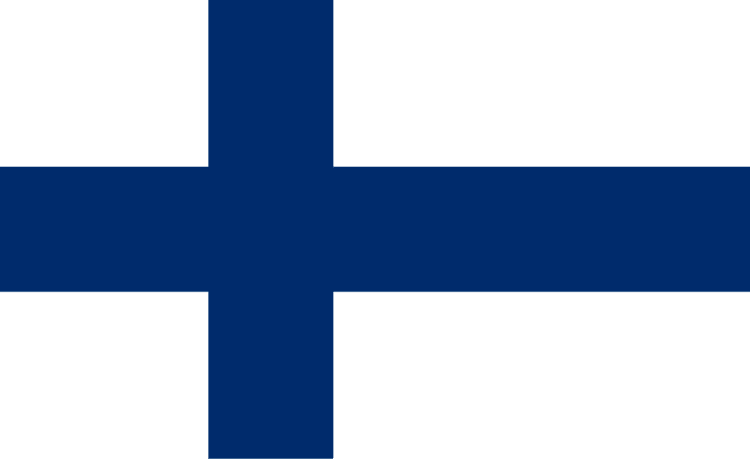 | ||
The following outline is provided as an overview of and topical guide to Finland.
Contents
- Geography of Finland
- Environment of Finland
- Natural geographic features of Finland
- Administrative divisions of Finland
- Government and politics of Finland
- Executive branch of the government of Finland
- Legislative branch of the government of Finland
- Judicial branch of the government of Finland
- Foreign relations of Finland
- International organization membership
- Law and order in Finland
- Military of Finland
- History of Finland
- Culture of Finland
- Art in Finland
- Sports in Finland
- Economy and infrastructure of Finland
- Education in Finland
- References
Finland – sovereign Nordic country located in Northern Europe. Finland has borders with Sweden to the west, Russia to the east, and Norway to the north, while Estonia lies to its south across the Gulf of Finland. The capital city is Helsinki.
Around 5.4 million people reside in Finland, with the majority concentrated in the southern part of country. It is the eighth largest country in Europe in terms of area and the most sparsely populated country in the European Union. The native language for most of the population is Finnish, a member of the Uralic language family most closely related to Estonian and one of the four EU languages not of Indo-European origin. The second official language, Swedish, is spoken by a 5.5 percent minority. Finland is a democratic, parliamentary republic with a central government and local governments in 415 municipalities. Greater Helsinki (including Helsinki, Espoo, Vantaa and Kauniainen) totals a million residents and a third of the GDP. Other major cities include Tampere, Turku, and Oulu.
Finland was historically part of Sweden and from 1809 an autonomous Grand Duchy within the Russian Empire. Finland's declaration of independence in 1917 from Russia was followed by a civil war, wars against the Soviet Union and Nazi Germany, and a period of official neutrality during the Cold War. Finland joined the United Nations in 1955 and the European Union in 1995 and participates in the Eurozone. Finland has been ranked the second most stable country in the world, in a survey based on social, economic, political, and military indicators.
Finland has seen excellent results in many international comparisons of national performance such as the share of high-technology manufacturing, the rate of gross domestic product growth, and the protection of civil liberties.
Geography of Finland
Environment of Finland
Natural geographic features of Finland
Administrative divisions of Finland
Provinces of Finland
Regions of Finland
Sub-regions of Finland
Municipalities of Finland
Government and politics of Finland
Executive branch of the government of Finland
Legislative branch of the government of Finland
Judicial branch of the government of Finland
Foreign relations of Finland
International organization membership
The Republic of Finland is a member of:
